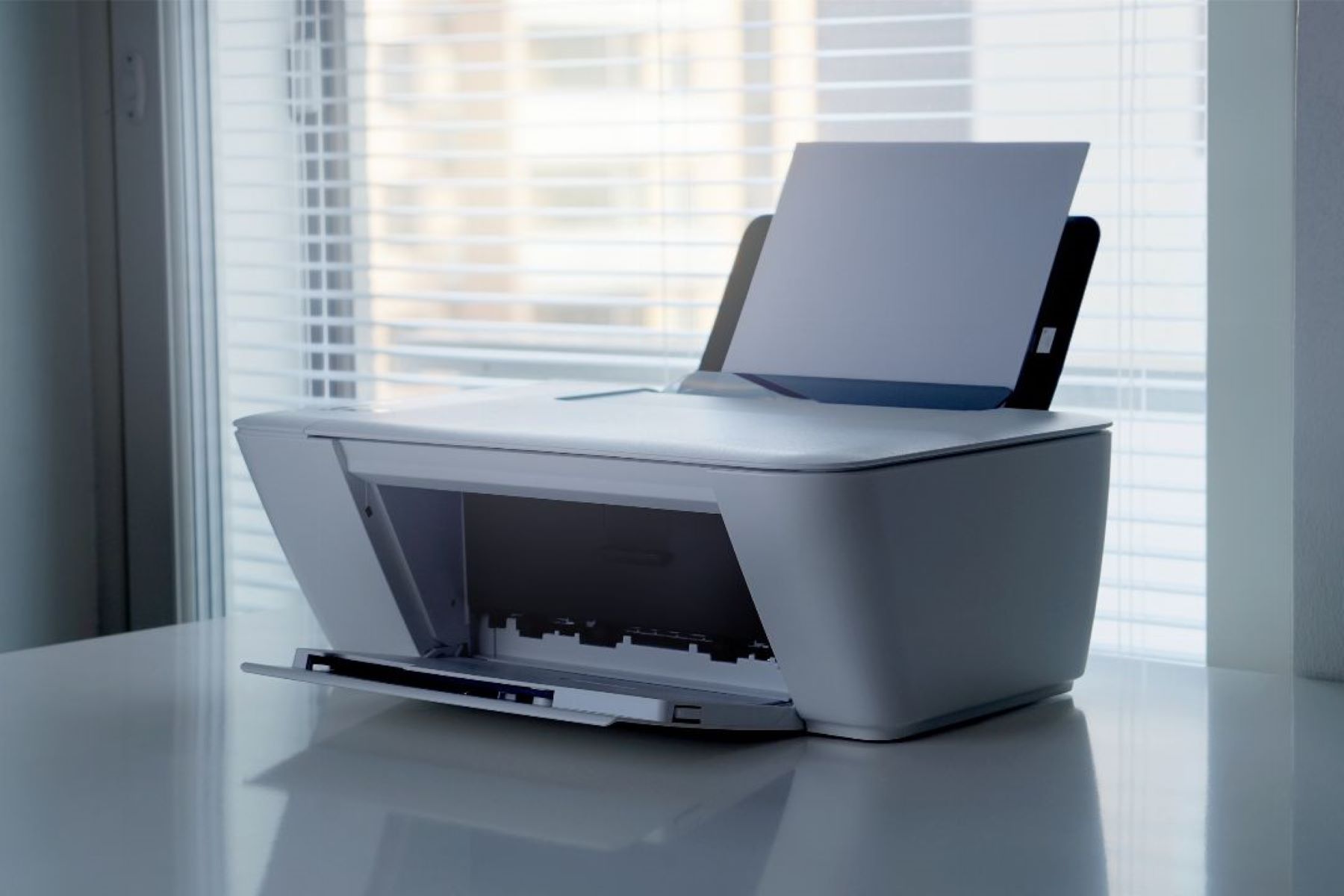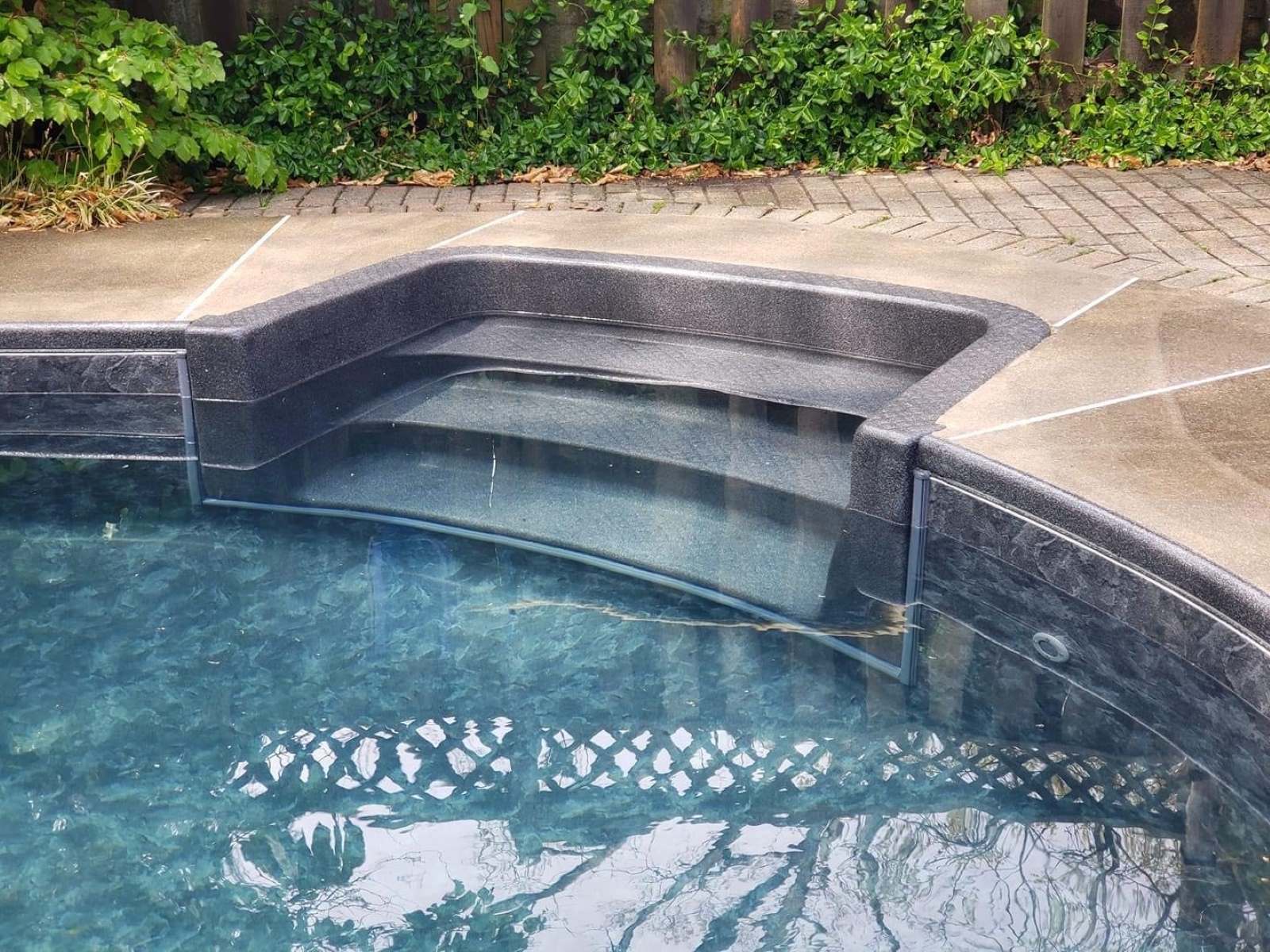Home>Technology>Smart Home Devices>What Is The First Step To Create A Printer Pool?


Smart Home Devices
What Is The First Step To Create A Printer Pool?
Modified: January 26, 2024
The first step to create a printer pool for smart home devices is to ensure all printers are connected to the same network and configured for printer pooling. Learn more here.
(Many of the links in this article redirect to a specific reviewed product. Your purchase of these products through affiliate links helps to generate commission for Storables.com, at no extra cost. Learn more)
Introduction
In the ever-evolving landscape of smart home devices, the concept of printer pooling has emerged as a viable solution for optimizing printing resources and enhancing efficiency. As technology continues to intertwine with our daily lives, the need for seamless integration and resource management becomes increasingly paramount. Printer pooling addresses these needs by enabling multiple printers to be managed as a single, collective unit, thereby streamlining the printing process and maximizing productivity.
This article aims to delve into the intricacies of printer pooling, elucidating its significance in the realm of smart home devices. By exploring the fundamental principles, benefits, and practical steps involved in creating a printer pool, readers will gain a comprehensive understanding of this innovative approach to printing management. Whether you're a tech enthusiast, a smart home aficionado, or a professional seeking to optimize printing resources, this article will equip you with the knowledge needed to harness the power of printer pooling effectively.
Join me as we embark on a journey to unravel the intricacies of printer pooling and discover how this innovative solution can revolutionize the way we approach printing in the modern smart home environment.
Key Takeaways:
- Printer pooling optimizes printing resources by consolidating multiple printers into a unified group, enhancing efficiency and fault tolerance within the smart home environment.
- The first step to create a printer pool involves assessing existing printers, understanding usage patterns, and configuring the pool with precision to lay a solid foundation for seamless and efficient printing operations.
Read more: What Is The First Step To Building A House
Understanding Printer Pooling
Printer pooling represents a paradigm shift in the management of printing resources, offering a dynamic approach to handling print jobs within a smart home environment. At its core, printer pooling involves the aggregation of multiple printers into a unified group, allowing print jobs to be distributed among the available devices based on predefined criteria. This not only optimizes the utilization of printing resources but also introduces a level of flexibility and resilience that is indispensable in today’s interconnected world.
One of the key aspects of understanding printer pooling lies in its ability to centralize print job management. By consolidating multiple printers into a single logical entity, users can submit print jobs to the printer pool without being concerned with the specific characteristics of individual devices. This simplifies the printing process and reduces the need for users to manually select a printer, thereby enhancing user experience and overall efficiency.
Furthermore, printer pooling facilitates load balancing, ensuring that print jobs are distributed evenly across the available printers. This not only prevents bottlenecks and delays but also optimizes the performance of the printing infrastructure as a whole. In addition, printer pooling can enhance fault tolerance by allowing print jobs to be redirected to alternative printers in the event of a device failure, thereby minimizing disruptions and ensuring continuity of printing operations.
From a technical standpoint, printer pooling is often implemented through the utilization of print server software or built-in functionality within modern operating systems. This enables seamless integration with existing network infrastructure and provides a centralized platform for configuring and managing printer pools. By harnessing the power of printer pooling, smart home users can elevate their printing environment to new heights of efficiency and reliability.
As we continue our exploration of printer pooling, it becomes evident that this innovative approach transcends traditional printing paradigms, offering a versatile and scalable solution for managing printing resources within the smart home ecosystem. The next section will delve into the myriad benefits of printer pooling, shedding light on the compelling advantages it brings to the table.
Benefits of Printer Pooling
Printer pooling offers a plethora of benefits that cater to the diverse needs of smart home users, making it a compelling solution for optimizing printing resources and enhancing overall efficiency. By harnessing the capabilities of printer pooling, users can unlock a range of advantages that transcend traditional printing paradigms.
- Enhanced Resource Utilization: Printer pooling allows multiple printers to be utilized as a collective resource, ensuring that print jobs are distributed among the available devices based on predefined criteria. This optimizes resource utilization and prevents individual printers from being underutilized, thereby maximizing the efficiency of the printing infrastructure.
- Improved Flexibility: With printer pooling, users are no longer bound to a specific printer, as print jobs can be directed to the printer pool, where they are automatically routed to an available device. This enhances flexibility and simplifies the printing process, empowering users to submit print jobs without being concerned with the physical location or characteristics of individual printers.
- Load Balancing: Printer pooling facilitates load balancing, ensuring that print jobs are evenly distributed across the available printers. This prevents bottlenecks and delays, optimizing the performance of the printing infrastructure and enhancing overall efficiency.
- Enhanced Fault Tolerance: In the event of a printer failure, printer pooling allows print jobs to be redirected to alternative devices within the pool, minimizing disruptions and ensuring continuity of printing operations. This enhances fault tolerance and resilience, mitigating the impact of hardware failures on printing operations.
- Streamlined Management: By consolidating multiple printers into a single logical entity, printer pooling simplifies print job management and reduces the need for manual intervention. This streamlines the administration of printing resources and enhances user experience, contributing to a more efficient and user-friendly printing environment.
These benefits collectively underscore the transformative impact of printer pooling in the realm of smart home devices, positioning it as a versatile and indispensable solution for optimizing printing operations and elevating user experience. As we delve deeper into the practical aspects of creating a printer pool, it becomes evident that the first step plays a crucial role in laying the foundation for a seamless and efficient printing environment within the smart home ecosystem.
The first step to create a printer pool is to identify the printers that you want to include in the pool and ensure that they are all connected to the same network.
The First Step to Create a Printer Pool
Embarking on the journey to create a printer pool within a smart home environment requires a systematic approach that encompasses both technical configuration and strategic planning. The first step in this process involves assessing the existing printing infrastructure and identifying the printers that will be included in the printer pool. This critical phase sets the stage for a seamless integration of printing resources and lays the foundation for a robust and efficient printer pooling environment.
Before delving into the technical configuration, it is essential to conduct a comprehensive inventory of the available printers within the smart home network. This involves identifying the make and model of each printer, as well as their respective network connectivity and compatibility with printer pooling technology. By creating a detailed inventory, users can gain a clear understanding of the printing resources at their disposal and make informed decisions regarding the composition of the printer pool.
Once the inventory is complete, the next step involves evaluating the printing requirements and usage patterns within the smart home environment. This includes assessing the volume of print jobs, the types of documents being printed, and the spatial distribution of printing activities. By gaining insights into these usage patterns, users can strategically configure the printer pool to optimize print job distribution and cater to the specific needs of different areas within the smart home.
After the assessment phase, the technical configuration of the printer pool can commence. This typically involves leveraging print server software or built-in functionality within the operating system to create a logical group of printers that constitute the printer pool. During this configuration process, users can define criteria for print job distribution, such as prioritization rules, load balancing parameters, and fault tolerance mechanisms.
Furthermore, it is crucial to establish seamless connectivity between the printers and the print server or network infrastructure to ensure that print jobs can be efficiently routed to the printer pool. This may involve configuring network settings, installing necessary drivers, and implementing security measures to safeguard the printer pool from unauthorized access.
As the technical configuration nears completion, it is imperative to test the printer pool under various scenarios to validate its performance and functionality. This includes simulating print job distribution, assessing load balancing mechanisms, and verifying fault tolerance capabilities to ensure that the printer pool operates as intended.
By meticulously executing the first step to create a printer pool, smart home users can lay a solid groundwork for a cohesive and efficient printing environment. This paves the way for harnessing the full potential of printer pooling and reaping the myriad benefits it offers, ultimately enhancing the printing experience within the smart home ecosystem.
Conclusion
As we conclude our exploration of printer pooling within the context of smart home devices, it becomes evident that this innovative approach to printing management holds immense potential for revolutionizing the way printing resources are utilized and managed. By consolidating multiple printers into a unified entity, printer pooling offers a versatile and scalable solution that enhances efficiency, flexibility, and resilience within the smart home ecosystem.
Throughout this journey, we have gained a profound understanding of the fundamental principles and benefits of printer pooling. From its ability to centralize print job management to its role in load balancing and fault tolerance, printer pooling emerges as a multifaceted solution that caters to the diverse needs of smart home users. By optimizing resource utilization, streamlining print job management, and enhancing fault tolerance, printer pooling empowers users to elevate their printing environment to new heights of efficiency and reliability.
Furthermore, the first step to create a printer pool has been unveiled as a crucial phase that involves meticulous assessment, strategic planning, and technical configuration. By systematically evaluating the existing printing infrastructure, understanding usage patterns, and configuring the printer pool with precision, smart home users can establish a robust foundation for a seamless and efficient printing environment.
As smart home devices continue to proliferate and integrate into our daily lives, the significance of efficient resource management and streamlined operations cannot be overstated. Printer pooling stands as a testament to the innovative strides being made in the realm of smart home technology, offering a tangible solution that addresses the evolving printing needs of modern households and professional environments alike.
In essence, printer pooling transcends traditional printing paradigms, ushering in a new era of printing efficiency and resilience within the smart home ecosystem. By harnessing the power of printer pooling, users can unlock a world of possibilities, streamline printing operations, and enhance the overall printing experience, thereby embracing the future of smart home printing with confidence and ingenuity.
As we bid adieu to this exploration, let us carry forth the knowledge and insights gained, embracing the transformative potential of printer pooling and leveraging it to create a seamless and efficient printing environment within the smart home ecosystem.
Frequently Asked Questions about What Is The First Step To Create A Printer Pool?
Was this page helpful?
At Storables.com, we guarantee accurate and reliable information. Our content, validated by Expert Board Contributors, is crafted following stringent Editorial Policies. We're committed to providing you with well-researched, expert-backed insights for all your informational needs.
















0 thoughts on “What Is The First Step To Create A Printer Pool?”